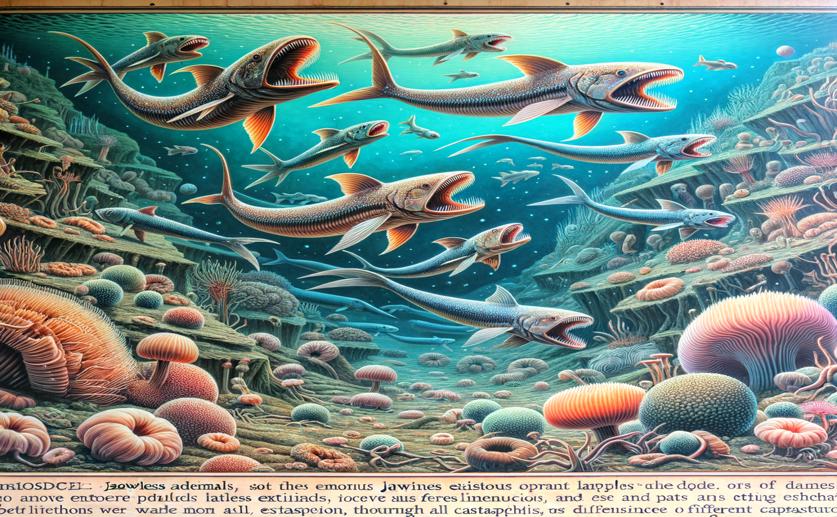
Ocean Floor Colonization by Jawless Animals Through Three Mass Extinctions
Jenn Hoskins
14th June, 2024

Image Source: Natural Science News, 2024
Key Findings
- Yale University researchers studied hagfishes to understand their evolutionary history and biodiversity in the deep ocean
- The study found that hagfishes share a deep evolutionary history with other vertebrates, suggesting the deep ocean floor is a refugium for vertebrate biodiversity
- Genetic analysis revealed key adaptations in hagfishes that help them survive in deep-sea environments, such as genes for immunity, nitrogen excretion, and sensory development
References
Main Study
1) Colonization of the ocean floor by jawless vertebrates across three mass extinctions
Published 13th June, 2024
https://doi.org/10.1186/s12862-024-02253-y
Related Studies
2) The African coelacanth genome provides insights into tetrapod evolution.
3) Ancient origin of the modern deep-sea fauna.



 13th April, 2024 | Greg Howard
13th April, 2024 | Greg Howard